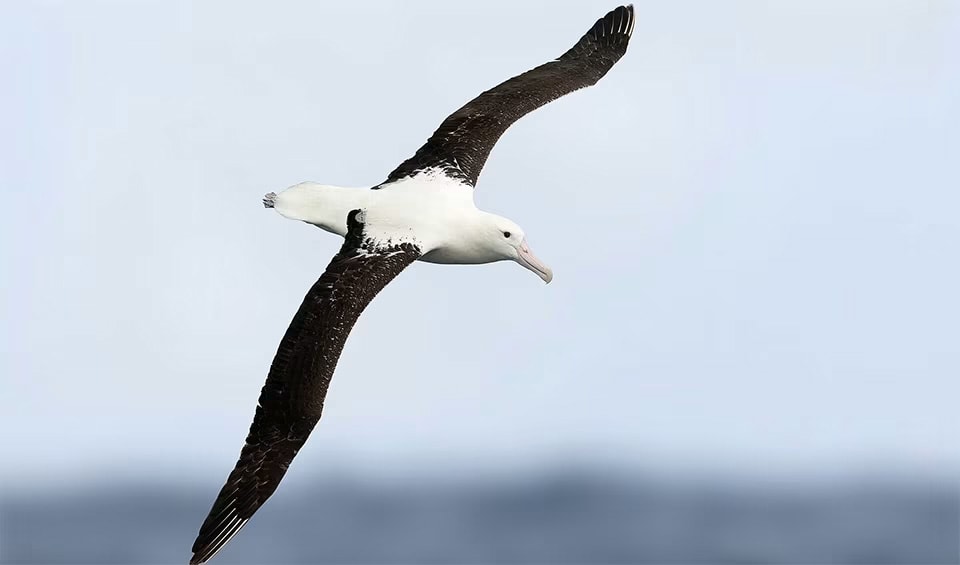Diomedea – Great albatrosses
Until 1996 this genus included all albatrosses except one
The etymology of “Diomedea” harks back to the legend of Diomedes, a Greek hero whose companions, according to myth, were transformed into albatrosses. This mythical connection is fitting, as the albatrosses of this genus possess an otherworldly grace, with their enormous wingspans that are among the longest of any living bird, allowing them to glide majestically over the oceans for hours, or even days, without flapping.
Albatrosses are remarkable not only for their size but also for their life history, and coloration changes as they age. From the chicks’ downy dark brown plumage to the adults’ predominantly white feathers, these birds undergo a dramatic transformation. The remaining brownish markings on the upper wings of the adults are subtle indicators of their age and species, with the pattern and intensity of the brown penciling varying from one species to another within the genus.
The life cycle of great albatrosses is long, with these birds living for several decades. They are known for their delayed maturity and their long-term monogamous pair bonds, with elaborate courtship rituals that can last for years before breeding begins. They typically nest on isolated island habitats, where they return year after year to raise a single chick, investing a great deal of parental care.
Albatrosses are highly adapted to life at sea. When not breeding, they spend most of their lives flying over the oceans, covering vast distances in search of food, primarily squid, fish, and krill. They have specialized salt glands that enable them to drink seawater by excreting the salt through their nostrils.
The silhouette of an albatross resting on the water can indeed be reminiscent of a swan due to its size and coloration. However, their identity is unmistakable upon taking flight as they showcase their mastery of the wind and waves.
Species in this genus
Royal albatross
These mighty birds have the longest wingspan, second only to wandering albatrosses
Wandering albatross
The humongous bird with the largest wing span of 3.5 m (11.5 ft) – seems straight out of a fantasy movie



